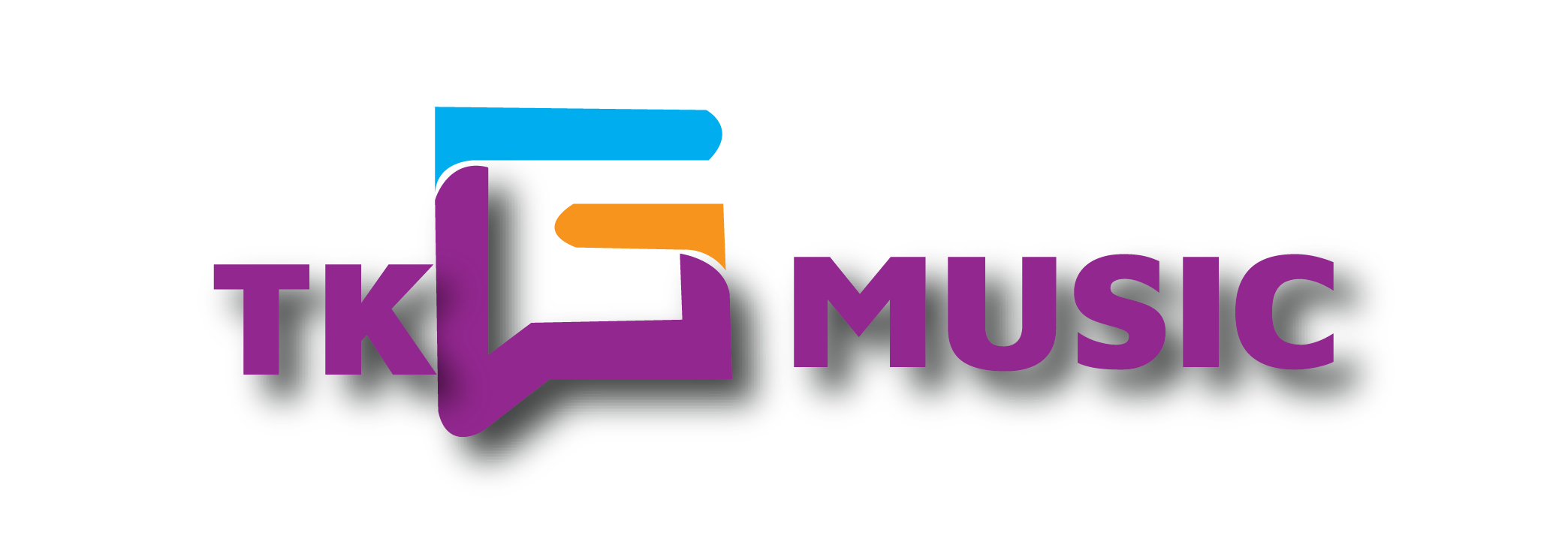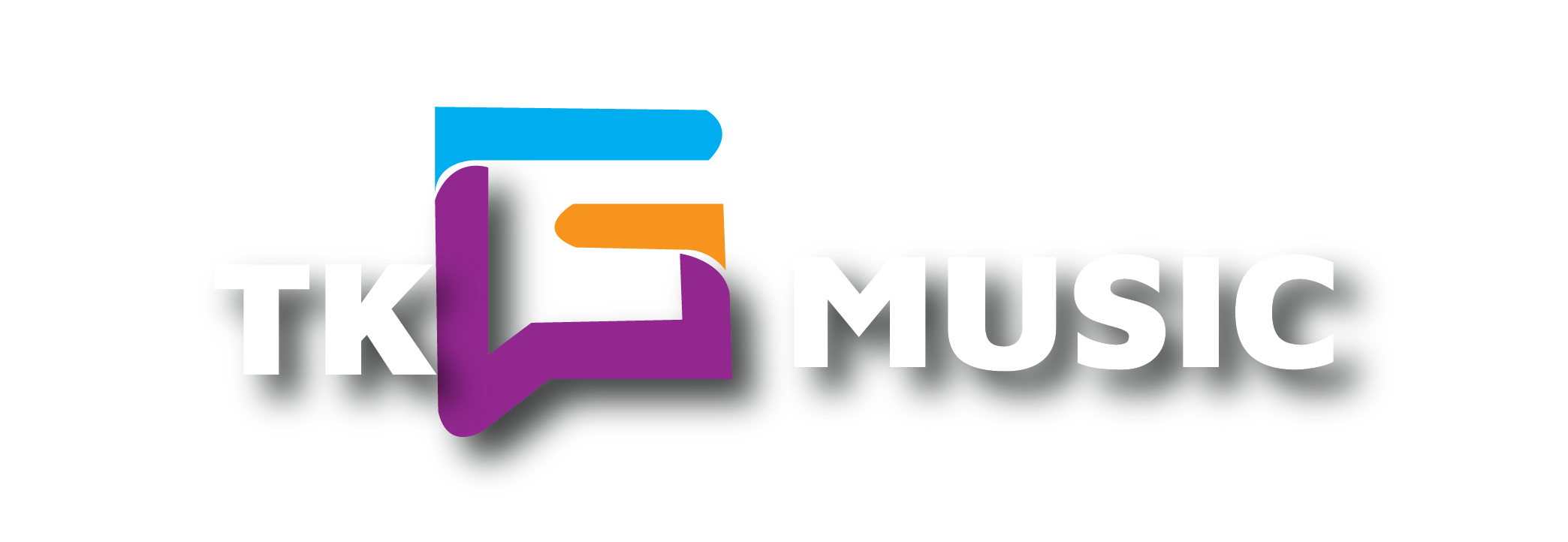Bruce Melodie and Shaggy collaborations draws Rwanda’s Entertainment Industry a bigger lesson. The meteoric success of “When She’s Around”, a collaboration between Bruce Melodie and legendary Jamaican singer, Shaggy has challenged Rwandan artistes to do more to produce quality work and break international barriers.
The “Saa moya” singer is enjoying a whirlwind international exposure following the success of their ‘feel good’ hit song, also known as “Funga Macho”, released in October last year, which continues to enjoy unprecedented airplay, with Bruce Melodie being the biggest beneficiary.
For some, it is a combination of hard work but also luck, because nobody really saw “When She’s Around” remix, go on to become a major hit after the Jamaican singer, real name Orville Richard Burrell, jumped on it.

What is even more interesting is that the original version of the song, released in November 2022, was not Bruce Melodie’s most popular song in Rwanda at the time, until Shaggy landed on it and fell in love with it.
He did not only love the song, upon working on a remix with Bruce Melodie, he invited the singer to the US, where he still is, to join him on a tour that is covering different states in the U.S, as well as media appearances.
Last week the song debuted at the 8th position on the Billboard World Digital Song Sales Chart, making it the second Afrobeat song on the chart behind mega hit “Water” by South African singer Tyla.
The World Digital Song Sales chart is a weekly record chart that ranks how songs were sold on different digital music selling platforms.
The song, which was released on October 27, 2023, and debuted at 20th on the Billboard US Afrobeat Chart, is enjoying popularity outside Rwanda, thanks to Shaggy’s efforts to take it to the world.
Bruce Melodie has also been able to enjoy several appearances on stage with the Shaggy, including performance on Good Morning America, a renowned morning show that attracts global stars as well as performances in Texas and Miami, among other states, where the Jamaican-born singer continues to tour.
The success of the song, which has garnered over 5.4 million views on YouTube and millions of streams on other platforms has propelled Bruce Melodie to the international stage and it seems like it’s just the start.
Music producers and promoters are now looking at ways through which Rwandan artistes can leverage collaborations with renowned artistes to take their talent to the international stage.
Clement Ishimwe, founder and CEO of Kina Music, one of the leading music labels in Rwanda, says the success of the song was mainly due to the fact that both Bruce Melodie and Shaggy met at the right time.
“The business of music is different from other businesses. It is not about money, it’s not about what you wrote in the contract and everything. It’s also about doing it with the right person, also at the right time,” Ishimwe says.
It takes the desire to do it, beyond just contracts and agreements, but rather how two people are committed to doing it. Ishimwe argues that it is Bruce Melodie that benefited most.
“The way people do music at the international level; you can have songs that go way back but you are still able to tour. So, Shaggy hadn’t disappeared as many people thought,”
“He is still singing and touring. I believe Bruce Melodie met him at the right time, when he was looking to collaborate with other artistes, and then he happened to have the right song at the right time,” the Kina Music founder says.
Bruce Melodie and Shaggy collaborations draws Rwanda’s Entertainment Industry a bigger lesson. Ishimwe says Rwandan artistes need to take advantage of the attraction the country is getting at the moment to try and collaborate with high profile people who are increasingly coming to Rwanda to see opportunities.
“Today many people want to come here to see different opportunities and the music industry is also part of it,” he says, adding that many people from outside Rwanda are beginning to come to look for collaborative efforts.
Singer and songwriter Kaya Byinshi, Green Ferry Music (GFM) entertainment company, believes a combination of things, including having a promotion team and marketing to create such opportunities for artistes.
“As an artiste, I am focusing on creating art, refining my music and all, and on the other hand, you need promoters and people to do marketing for us, to create these opportunities and that is what we lack,”
“It also talks to investment, labels coming up to see these opportunities, invest in them, with a promise that things will work out soon or later, and you do the right investment,” Kaya Byinshi says, highlighting some of the impediments.
Understandably, Bruce Melodie’s success with the song came after he signed up with 1.55am, a music label owned, owned by Gael Karomba, who has been behind positioning and branding the singer, including investing in him.
There have been attempts by Rwandan artistes to collaborate with continental and international artistes, such as Tom Close and Sean Kingston in 2011, but the song they did together, “Good Time”, never really picked up.
Claude Uhujimfura, co-founder KIKAC Music, who manages musicians Emerance Bwiza and Niyo Bosco, equally believes that it goes beyond just artistes collaborating but also what they can do to promote a song.
He argues that when such lines and responsibilities are not well defined, even the collaboration is unlikely to take off. Uhujimfura says it goes down to identifying the right person, developing the chemistry, and working together.
“We see cases where an artiste meets a fellow artiste, and they immediately agree to work on a collaboration simply because that person is topping the chats and they met. That is not enough,”
“Without proper planning, such a collaboration is likely to fail. It is important for artistes to develop chemistry, agree on the roles and responsibility of each one, how to market it and more,” Uhunjimfura says.
When all the small details connect, including who will do what, the results can be immense. The other aspect he mentions is having an all-round team to support an artiste in terms of promoting the song.
It is common for artistes who are both popular to do a collaboration and it fails because all boxes didn’t get ticked. On Bruce Melodie, he says it was a combination of luck and opportunity, which does not negate the fact that he works hard. Opportunity meets those who are prepared.
Eloi Mugabe, an ambassador of Audiomack, one of the popular music streaming platforms says that the fact that “When she’s around” is a ‘feel good song’ with a ‘global touch’ to it, laced with a trendy vibe, which made it easy for Shaggy to jump on it.
“For me it is more about the sound and the genre of the song because it is a ‘happy song’ that has a global feel to it, which got Shaggy really interested faster and that’s when Shaggy hopped on it, and it obviously became something global.
Mugabe argues that the song was already great and had those features that made it a good quality song, which made Shaggy more interested, hence, it starts with the quality of the songs local artistes are producing.
Good quality songs easily attract bigger artistes who want to jump on the song because it is good, saying “When she’s around” was already a song one could feel can transcend Rwanda and Africa as well as other continents.
“That is a song you can really take to the Americas, Latin America, everywhere, because when you listen to it, the first segment you already know that this is going to be a happy song because of the saxophone that they use in there,” he says.
Mugabe says that Shaggy being the bigger brand, it became easy to sell the song to the outside world, appearing on many shows and stages, which is what pushed it to the billboard and other charts and for six months has been trending.
“It’s the marketing and the quality of the song,” Mugabe says, adding that Rwandan artistes need to focus on that and leveraging platforms like TikTok, which can easily make songs trend.
As of now, apart from YouTube and other streaming platforms, most Rwandan artistes are yet to adapt to a style of creating songs that can easily trend on social media platforms, which can easily attract collaborations.
It is a challenge many of them face because they lack management and support to ensure that everything works well to push themselves to the international stage.
With Bruce Melodie showing that it can be done, players in the music and creative industry say such innovative and smart ways can propel artistes to the international stage, beyond producing music for just 13 million people.
Thanks to the song, Bruce Melodie, who is currently working on his forthcoming album ‘Sample’, which is set to be released in May, is the first Rwandan singer to feature on any Billboard charts.







